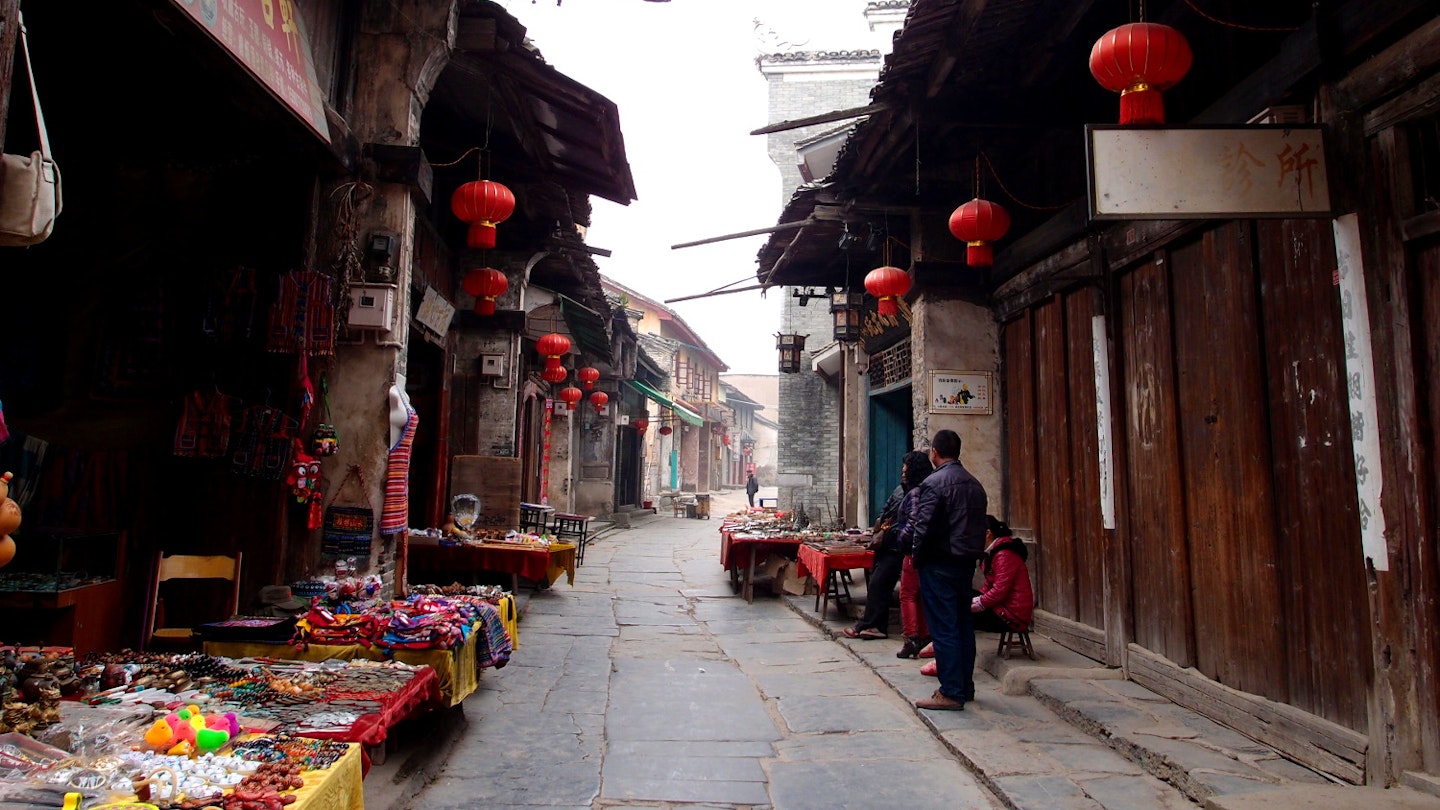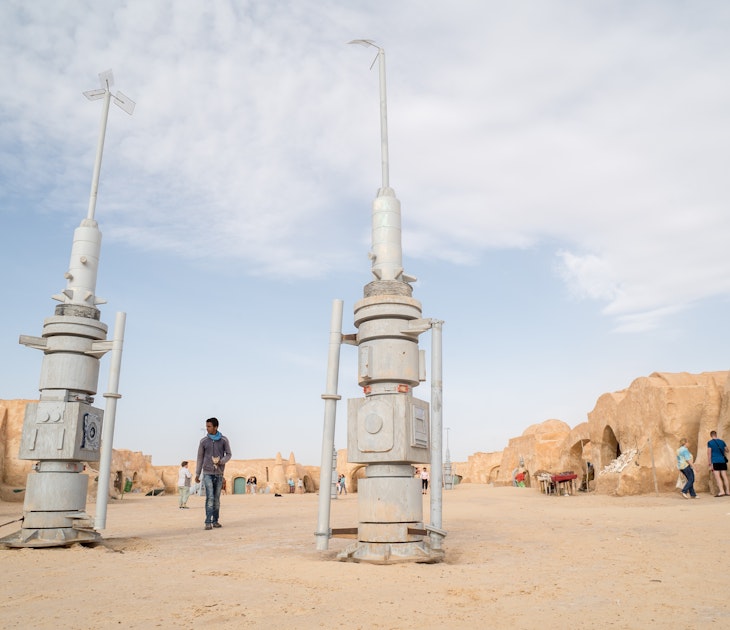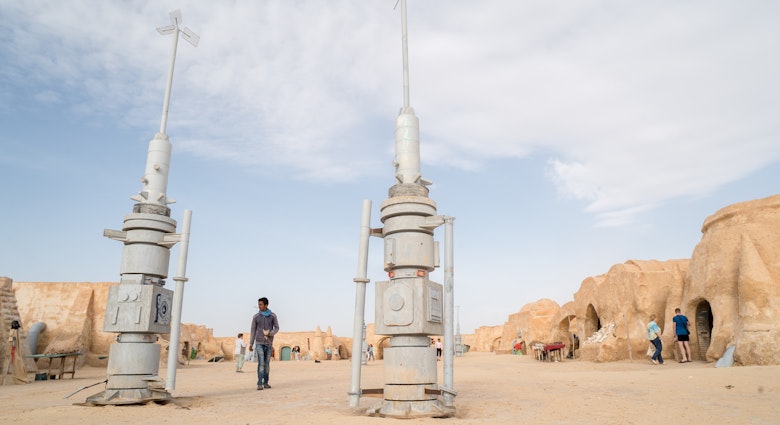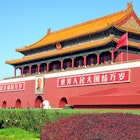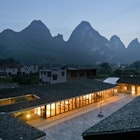With limestone peaks protruding dramatically out of the winding Li River, it’s not hard to understand why the southern province of Guangxi has been the darling of China travel for decades.
China’s star town, Guilin, was the first city to develop its tourism industry after the creation of the People's Republic of China in 1949 and for years it has been proudly presented to visiting dignitaries, including Richard Nixon.
It was, as the saying goes, ‘the most beautiful place below heaven’. Then in the 1980s, backpackers stumbled upon nearby Yangshuo, and Guilin’s reputation was soon eclipsed by its less developed and ‘even more beautiful’ cousin.

Today both Guilin's and Yangshuo’s natural wonders still fascinate, but the cities are increasingly used as basecamps for exploring some of the next most beautiful places below heaven – the ancient towns and villages tucked away in the verdant Guangxi countryside that surrounds the two cities.
Minority splendour at Longji Rice Terraces
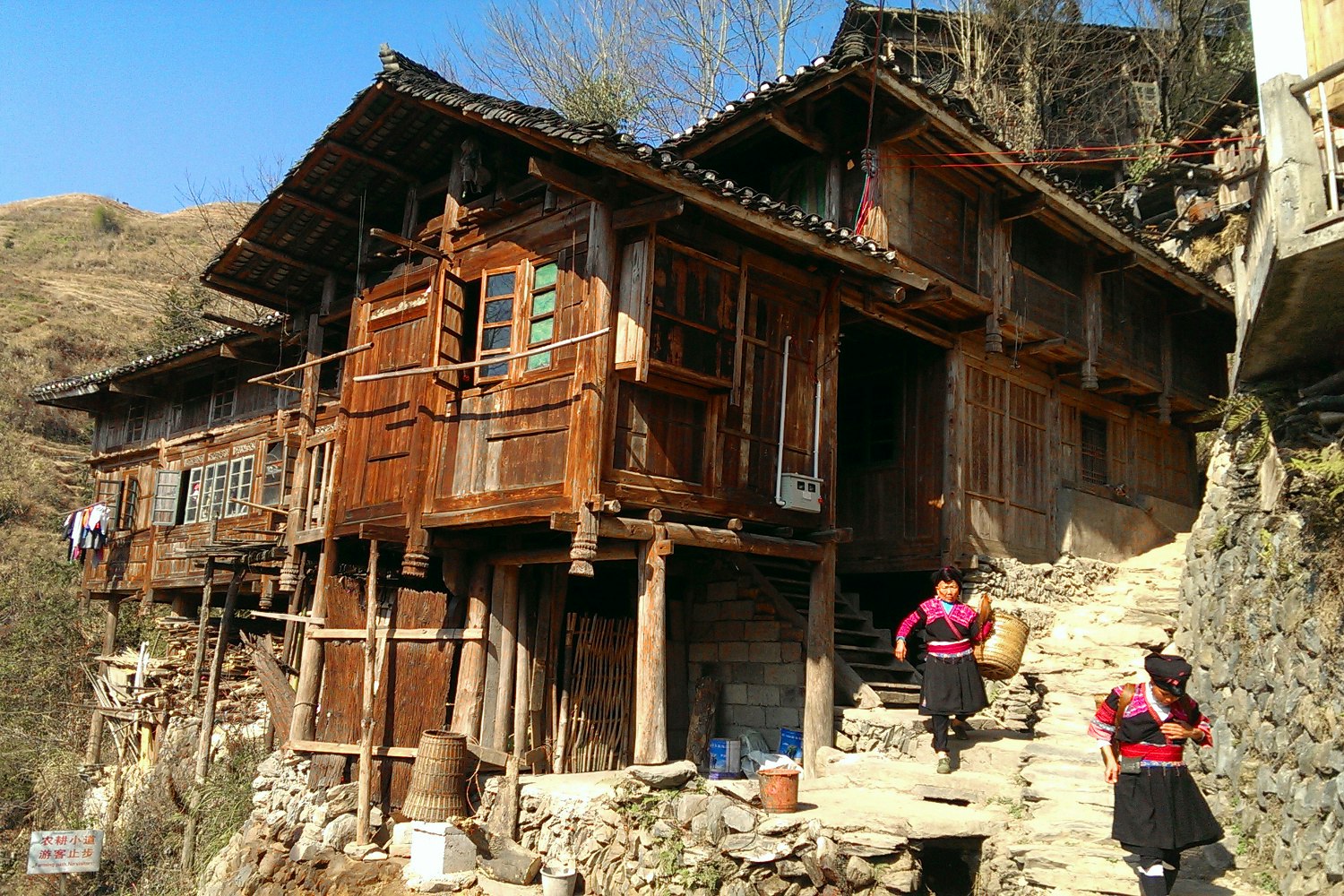
Sky mirrors, emerald waves, golden steps, and black-and-white woodblock print are some of the metaphors the Chinese use to describe the seasonal faces of the Longji Rice Terraces, 80km northwest of Guilin. Rice paddies plunging like giant staircases into valleys interrupted by clusters of traditional dwellings are among Guangxi’s most spectacular vistas. Longji, meaning Dragon’s Back, covers 74 sq km and reaches a height of 1850m. Sublime views can be found around the Yao villages of Dazhai and, an hour’s hike from here, Tiantouzhai. The Zhuang settlement of Pingan has the most modern luxuries (Snickers milkshake anyone?) but feels less otherworldly.
The majority of locals here belong to the Yao and Zhuang minorities. The Yao were refugees from Shandong who fled here during the Yuan dynasty (1271–1368). You’ll pass a 700-year-old field just before making the scenic climb to Dazhai village. The Zhuang, indigenous to Guangxi, are China’s most populous minority. It’s easy to tell the two groups apart. Depending on age and status, Yao women sport brightly coloured clothing, patterned or plain with silver earrings, and wear their long, shiny hair in a fat bun over the temples or coiled turban-like on their heads. Zhuang women have simple hairstyles and a penchant for plain tunics over wide, dark-toned trousers.

There’s a limited cable car service between some of the viewing points, but hiking is still very much a way of life here and is the best way to explore the area. The major routes are clearly signposted, but you can also hire a guide, who will tell folktales and explain local customs.
River and architecture in the Dong villages
Located 25km north of Sanjiang in the northwestern part of Guangxi are eight mesmerising Dong villages in what is known as the Chengyangqiao Scenic Area. The Dong people, who have lived in Guangxi for over a millennium, like to build homes near rivers, so Dong settlements always come with bridges and the murmur of water, in addition to distinctive architecture – the Dong are excellent carpenters and builders.
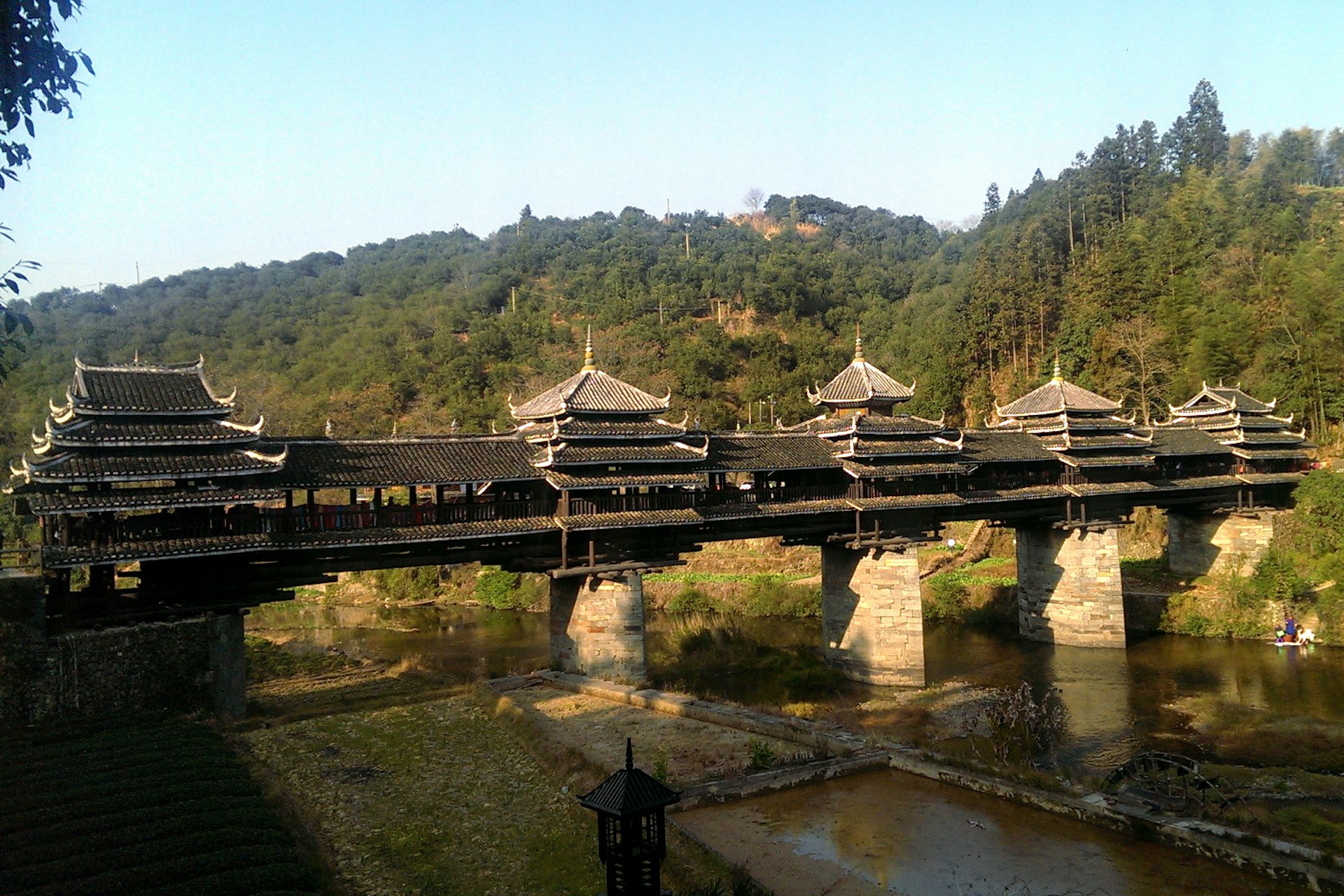
The magnificent Chengyang Wind and Rain Bridge (built in the 1910s) connects the outside world to the ancient hamlets. The most elaborate of the province’s 100-or-so similar bridges, it’s 80m of grayscale grandiosity, complete with pagodas and pavilions. Dong homes are cabins made of dark brown local fir; they exude a graceful pragmatism. Life is relaxed in the village squares, and there’s a pervasive sense of community. Here you’ll also see pagoda-like ‘drum towers’ with happy upturned eaves. When they’re not used for meetings, the bigger ones serve as community centres where old folks gather for ping pong and banter.
The hamlets are connected by bridges over shallow streams and pathways skirting sodden paddies. Walking or cycling is the best way to take it all in. Go far enough and you’ll see entire hillsides covered with tea plantations.
Daxu, a prosperous ancient market town

Slightly off the beaten track, quaint Daxu (founded around AD 200) makes for a refreshing day trip from Guilin, 18 km away. Daxu (‘big market’) was the leader of Guangxi’s four great ancient market towns and traces of its former glory remain. Lining the dusty quartzite and cobblestone streets are handicraft shops and the restored mansions of affluent merchant families. On the old street, which runs 2km along the Li River, townspeople still operate bamboo weaving studios, straw-sandal making workshops, barbershops and herbal clinics from their two-storey, puppy-guarded homes.
Jiantouzhou and its floral obsession

The tranquil, 1000-year-old Jiantouzhou village, 32km north of Guilin, has a thing for water lilies. You’ll see real ones in a pond, and symbolic ones on many window grilles and doors, next to bright-red Mao-era stencils – just about everywhere – and they’re especially numerous inside the handsome ancestral hall. The residents here are descendants of neo-Confucian philosopher Zhou Dunyi, who openly admired the flower’s ‘incorruptibility’. Many of the grey-bricked houses are easily over 500 years old, with most dating from the Ming (1368–1644) and Qing (1644–1912) dynasties. If you make your way over the moss-tinged courtyards, past chickens and laundry, to peer inside the homes, you may notice their large size, soaring ceilings and ornate decorative details.
Upcoming Xingping and isolated Fish Village

Xingping (founded AD 265), 40 minutes by bus from Yangshuo, is often described as the Yangshuo of 20 years ago, when it was still a backpackers’ paradise – rustic and unexplored with a few conveniences. This 1,750-year-old town by the Li River is surrounded by green-and-grey limestone peaks rising up 1000m high. In fact, Xingping is so beautiful, it made it to the back of China's ¥20 banknote. Hostels here tend to be helpful and have a lot of character, and restaurants serve fresh local fare alongside stone-baked pizzas and, at a slightly alarming frequency, banana pancakes.
Xingping is an ideal place for boat trips and scenic hiking. The one-to-two-hour trail to Fish Village weaves past citrus groves and through undulating valleys into the heart of the karst landscape. Sleepy Fish Village, founded 400 years ago, is known for its well-preserved vernacular buildings. Its remote location has allowed it to dodge the wars and upheavals of modern Chinese history. Bill Clinton came here in the 1990s and, for a fee, you can visit the ‘Clinton House’ (or similar residences claiming to be it). Villagers will try to sell you their miniature landscape creations (some quite beautiful) and offer take you back to Xingping or Yangshuo by raft.
Yangmei’s hybrid heritage

Munch on starfruit and seafood as you get used to the laid-back rhythms of Yangmei, a former market town 25km west of bustling Nanning. Yangmei was founded 1,000 years ago on the leafy banks of the Yong River. The buildings, many from the Ming and Qing dynasties, feature a mix of austere northeastern aesthetics and a more flamboyant southern style. Most of the town’s inhabitants are descendants of Shandong migrants, with a small number originating in Guangdong. If you don’t mind the bumpy bus-ride to get here, Yangmei makes for a relaxing day trip from Nanning.
Huangyao’s silver screen fame
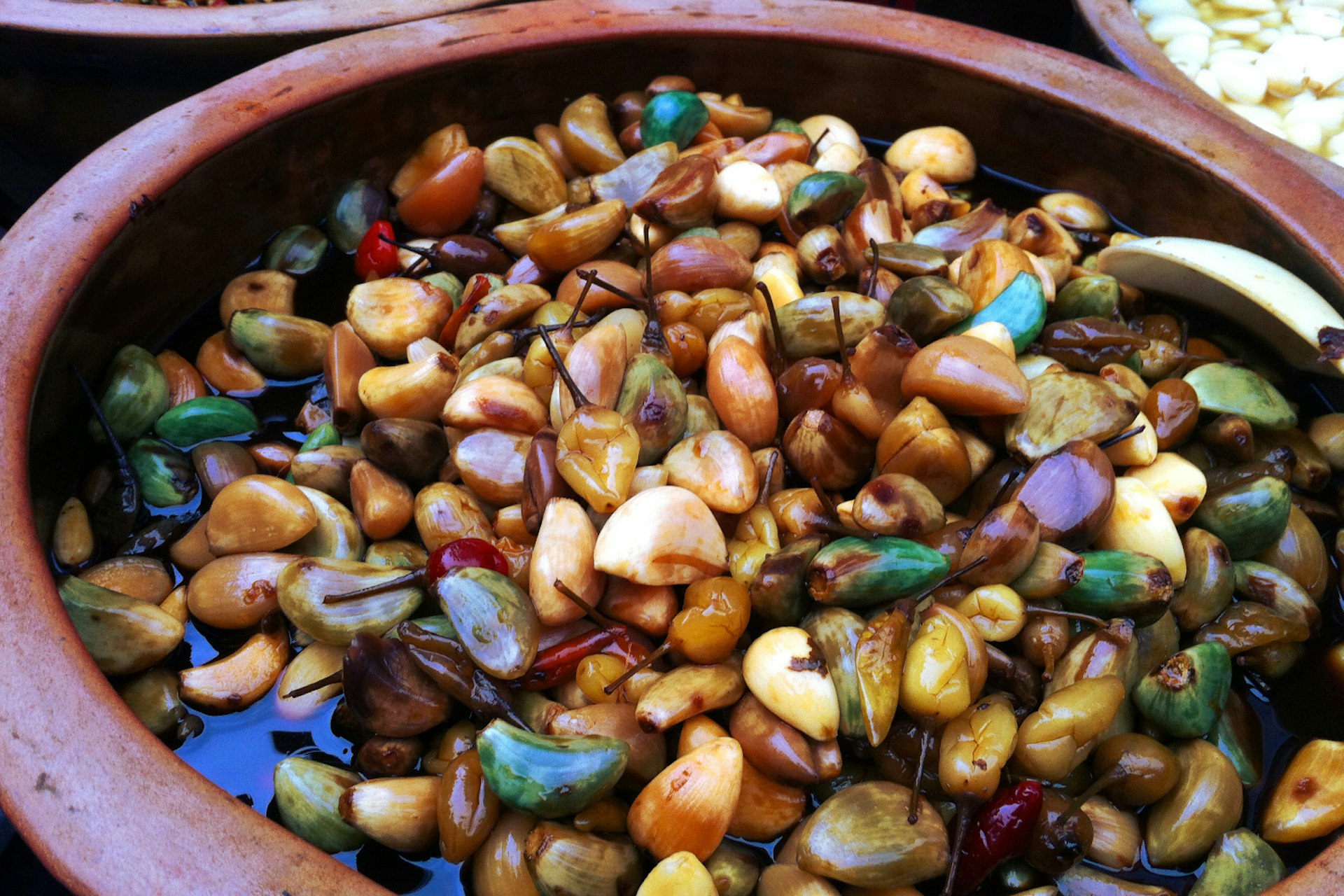
With banyans bowing over a river straddled by stone bridges, Huangyao, 200km from Guilin, has served as the backdrop for period TV dramas and movies, including Hollywood production The Painted Veil. The 900-year-old village has a civilised, idyllic charm that remains palpable even when visitors cram into its narrow, maze-like streets and elegant ancestral halls on national holidays. At sundown, with the day-tours and the condiment vendors gone, silence surges gently back into the flagstone alleys and the red lanterns come on, inviting you for a stroll.

